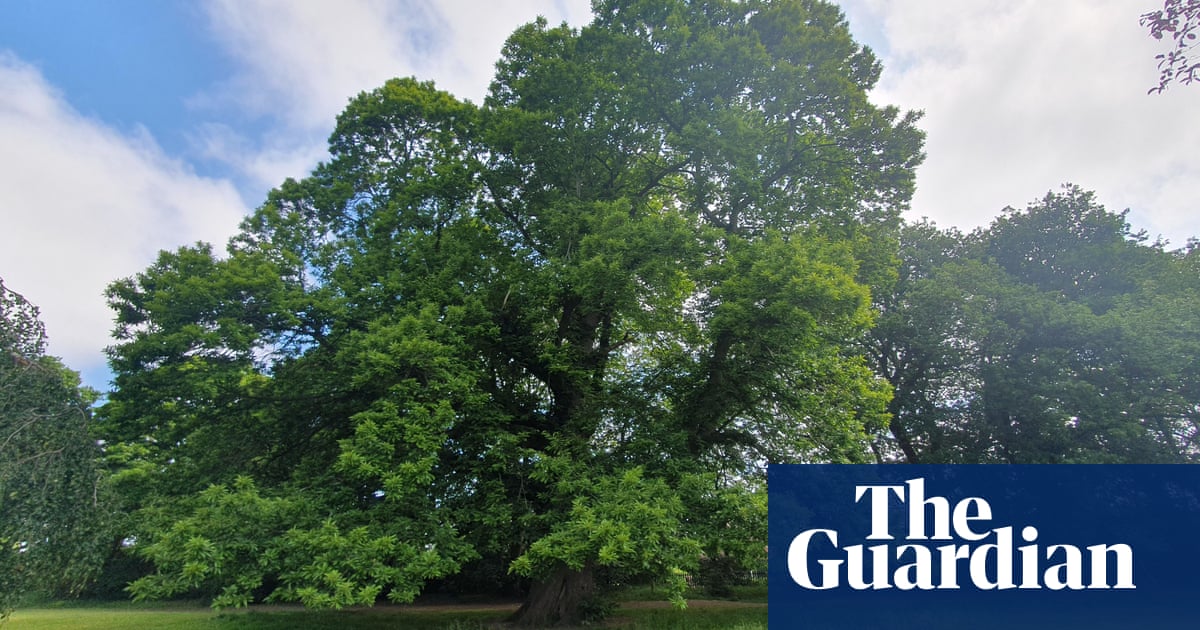
Delos is a half-acre garden of dusty paths and stone, weathered trees and colour-rich Aegean scrub, all scented with the musky Mediterranean aromas of thyme, yarrow, germander and oregano. Thorny burnet mingles with lavender-pink salvias and fissured cork oaks, and you half expect a lizard to scurry from the rocks. But this isn’t some sun-drenched Greek island; it’s a corner of one of England’s best-known country gardens, Sissinghurst, in Kent.
The site is the successful reworking of a failed 1930s project by Vita Sackville-West and Harold Nicolson, the aristo-bohemian couple who made Sissinghurst a place of poetry, romance, intrigue and exceptional horticultural beauty.
Their intention had been to recreate what they had seen on the central Cyclades island of Delos: the intoxicating effect of ancient stone ruins overrun with radiant wildflowers and silvery herbs. Both site and soil conspired against them, however: the location they chose was far from Mediterranean – north-facing, winter-wet and on heavy clay. “It was an extraordinarily bad choice – the least Greek place you could imagine,” says writer Adam Nicolson, the couple’s grandson.
Nicolson remembers Delos’s decline, and subsequent shift over the years to less-inspiring planting. “I think they ran out of energy,” he says. “All through my childhood there were attempts to rejig it – to add new paths and make it live a little more, but really every one of them failed because the conditions were so hostile. It ended up most recently as a kind of North American garden.”
Why, then, seek to resurrect a failure? And in the face of unchanged challenges? For Troy Scott Smith, Sissinghurst’s recently returned head gardener, re-establishing Delos was another important step in revising the garden as a whole. “It’s part of a larger endeavour,” he says, “to be more authentic to Vita and Harold’s ideas – that sense of a romantic garden in a rural setting.” In 2013, he devised a seven-year plan in partnership with the National Trust (which has cared for the property since 1967) to tackle what had become, in Adam Nicolson’s words, a garden that was horticulturally excellent but lacked atmosphere. Delos was, says Scott Smith, “the last significant piece of that jigsaw.”
He invited plantsman Dan Pearson to help steer Sissinghurst, as a kind of advisory godfather. Studying old photographs of Vita and Harold’s Delos, they began to piece together the intentions behind the space. “[Vita and Harold] wanted it to be rugged and feel like a real place,” Pearson told me. “In the 1930s, I imagine it was quite unusual for people to want to interpret a naturalistic landscape and bring something of that back.”
Pearson’s team began by assessing the surviving plants, retaining a small number that were appropriate from the previous garden. Among these were scarlet Mediterranean peonies (Paeonia peregrina) and an attractive kermes oak (Quercus coccifera). The area was cleared, a large shade-casting oak removed, and the topsoil excavated in order to install a perforated pipe system for drainage. A new, ultra-gritty soil mix replaced the clay, comprising crushed Kent ragstone (quarried just a few miles north of Sissinghurst), crushed brick and free-draining soil. Raised terraces were then constructed, but graded, rather cunningly, with a south-facing slant, allowing plants to bask in previously unavailable sunlight.
The plant layering is remarkably convincing in its naturalism. It is also very beautiful. On the larger scale are structural staples such as cypress, fig, Judas tree (Cercis siliquastrum) and characterful cork oaks “goat pruned” (pinched out at the growing tips) to look grizzled and more authentically Greek. Shrubs include airy green smokebush (Cotinus coggygria), myrtle, rock rose and Spanish broom, while an extraordinary variety of perennial and sub-shrub material makes up the lower tier, spilling over the stones and gravel mulch.
Some are familiar: yellow verbascum, sparkling dianthus and the baubled seed-heads of asphodelus; others are less so, like the pretty pink bindweed Convolvulus oleifolius, informed by a visit Pearson made to plantsman Olivier Filippi’s Mediterranean nursery in southern France. In future years, blushed poppies, adonis and African barley will be encouraged to self-seed in the gravel, adding an animated, ephemeral presence to the garden.
But beyond its compelling colours, Delos addresses crucial questions about our warming climate. With hotter, drier summers and wetter winters on the increase, the National Trust hopes Delos will set an example of how we might garden in future, using plants that are adapted to extreme weather conditions and demand fewer resources. “I do worry generally about trying to perpetuate a garden like Sissinghurst, with its elaborate flower borders – delphiniums, lupins and all those things – in an increasingly drier situation,” Scott Smith says. “There’s no question, we won’t be able to have the same plants that we do now in 20 years’ time.”
Pearson adds: “The National Trust was keen that people could see a garden where there would be no watering, but was still thriving and looking good.”
If there is criticism of Delos, it is whether a Grecian landscape can integrate within this quintessentially English garden. However, Adam Nicolson argues that it can. The essence of Sissinghurst, he says, is that each section of garden has its own identity. “Harold wrote that it should be ‘a sequence of expectation and surprise.’ So you go through a narrow entrance and – boom! – out comes this other thing that you hadn’t quite expected. It’s very Sissinghurst.”












